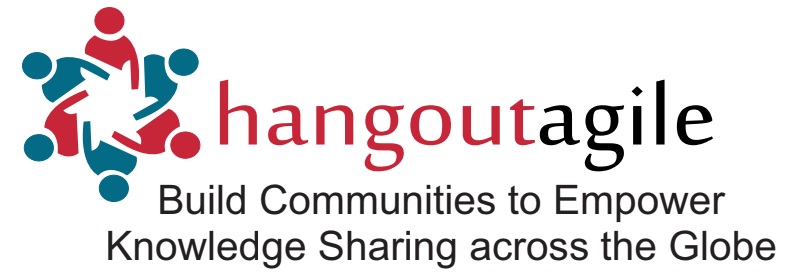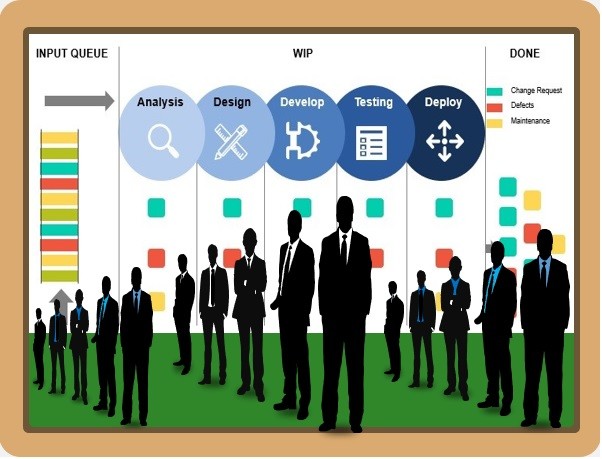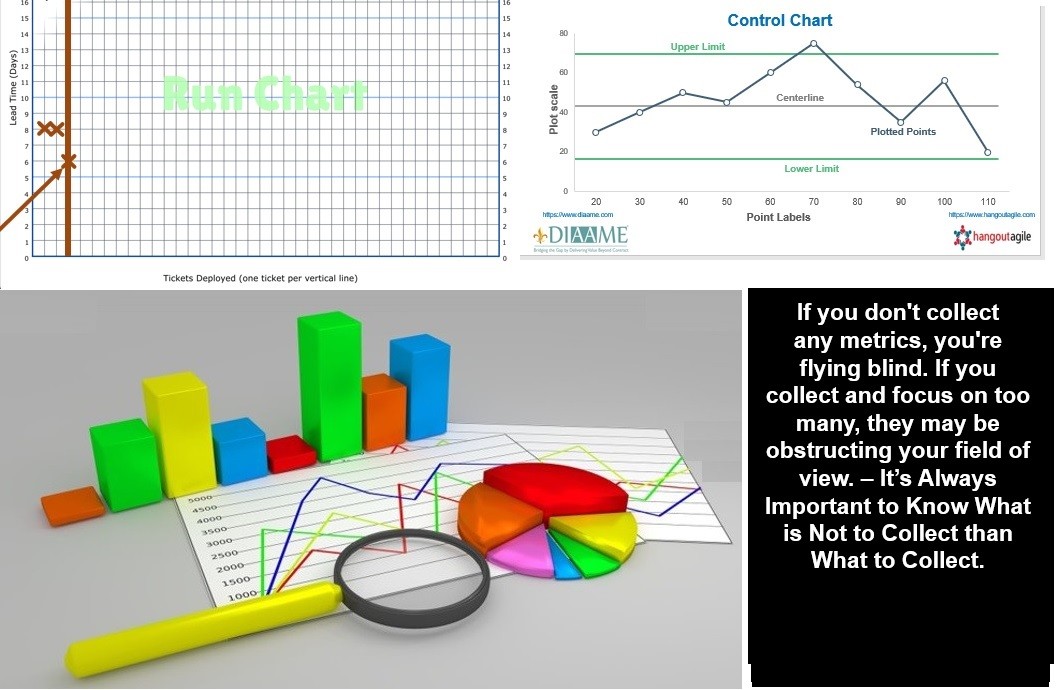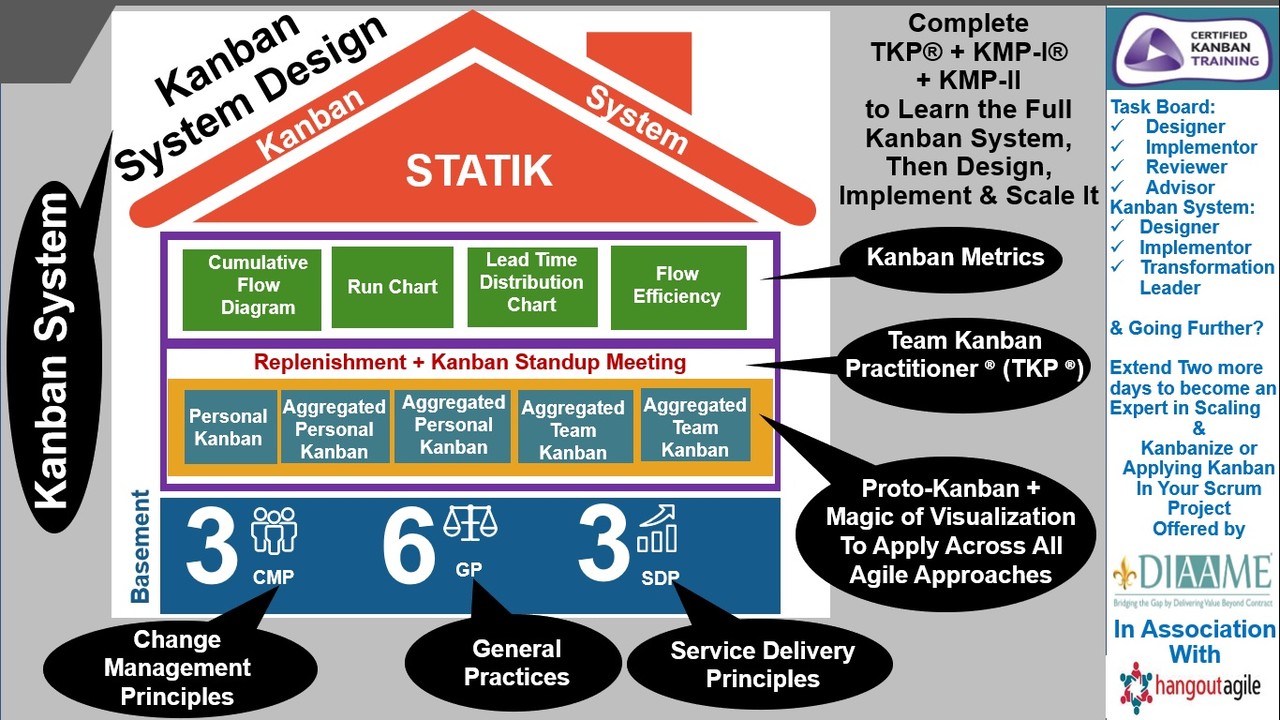Agile Manifesto Values & Principles Embraces Standup or Daily Standup Meetings
By The Way, Are You Also Curious to Read Similar Article on Retrospectives? If Yes, Click Agile Retrospectives – Tips & Tricks
Agile Manifesto Value behind Standup or Daily Standup Meetings is:
Individuals & Interactions OverProcesses & Tools
Agile Principles behind Daily Standup or Standup Meetings are:
The most efficient and effective method to conveying information to and within a development team is face-to-face conversation.
Standup or Daily Standup Meeting – Key Points & Food for Thoughts:
The Standup or Daily Standup Meeting varies based on the Agile Approach that we adopt.
How do we conduct Daily Standup or Standup Meeting in Iteration Based Agile?
- Questions should be answered by everyone in a round-robin fashion:
Best Questions that can be raised:
- What did I complete since the last standup or Daily Standup?
- What am I planning to complete between now and the next standup or Daily Standup?
- What are my impediments (or risks or problems)
Questions like these generate answers that allow the team to self organize and hold each other accountable for completing the work they committed to the day before and throughout the iteration
How do we conduct Daily Standup or Standup Meeting in Flow-Based Agile?
- The Focus should be given to the Teams Throughput
- The Team assesses the board from right to left
Best Questions that can be raised:
- What do we need to advance this piece of work?
- Is anyone working on anything that is not on the board?
- What do we need to finish as a team?
- Are there any bottleneck or blockers to the flow of work?
If you recollect, We begin this article stating that The Standup or Daily Standup Meeting varies based on the Agile Approach that we adopt. Let us discuss some of the interesting points about the Standup Meeting conducted in SCRUM, Extreme Programming & Scrum of Scrum (SOS).
1. Daily Standup Meeting Execution in SCRUM?
Daily Standup Meeting in Scrum is a brief Daily Collaboration Meetings in which the teams:
- Reviews progress from the previous day
- Declares intention for the current day
- Highlights any obstacles encountered or anticipated
Short Standup or Daily Standup meetings, where the achievements and issues of the previous day, and plan for the current day’s work, are discussed with the Project Team and Key Stakeholders.
Best Practices:
- You can even use your Standup or Daily Standup meetings as agreed upon in the stakeholder engagement plan to monitor and assess stakeholder engagement levels.
- If in case your team follows the follow-the-sun development process, where some working times overlapped across the team members to do warm-hand-offs with the work. You conduct Standup or daily standups together and use webcams to include all team members. Key Roles (Product Owners, Analysts, UX Designers & Development Leads) can be flexible by adjusting their availability. For example, if the Key Roles operate from the US can come early to answer any questions from their India-based team members and help to resolve impediments.
- Teams need a space in which they can work together, to understand their state as a team, and to collaborate. Some agile teams all work in one room together. Some Teams have a Team work-space for their standups or daily standups and charts and work own their on in cubicles or offices.
- Teams use Standup or Daily Standups to micro commit to each other, uncover problems, and ensure the workflows smoothly through the team.
- Time-box the standups or Daily Standups no longer than 15 to 30 minutes (Depends on the size of the team). The Team “walks” the Kanban or task board in some way, and anyone from the team can facilitate the stand-up.
2. Standup Meeting in Extreme Programming?
Standup Meetings are considered as one of the Secondary Practice Area for Planning.
3. Daily Standup Meeting in Scrum of Scrums (SoS) or Meta Scrum?
A representative from Each Team attends a meeting with the other Team representative(s), Potentially Daily but Typically Two to Three times a week. The daily meeting is conducted similar to the Daily Standup Meeting in Scrum.
The Team Representatives are expected to report:
- Completed Work
- Next Set of Work
- Current Impediments
- Potentially Upcoming Impediments that might Block the other team(s).
What is the Primary Purpose of this meeting?
- To ensure that Teams are Coordinating Work between them and the other relevant stakeholders
- To ensure that Teams are Removing Impediments to Optimize the Efficiency of all the teams.
Tips & Tricks to Conduct Effective Standup or Daily Standup Meetings
- Encourage any team member to facilitate the standup or daily standup instead of a project manager or leader to ensure it does not turn into a status meeting, but instead is used as a time for the team to self-organize and make commitments to each other.
- Draw the team’s attention to the anti-pattern and help the team to discover how to improve its startups
- If your Pain Point is “Unclear Work Assignments or Work Progress” . You can use Standup meeting as troubleshooting.
- Help the team learn that they self-manage their work. Consider Kanban board to see the flow of work. Consider a daily standup or stand up to walk the board and see what work is where.
- If you are working in a Large Distributed Team, You could use webcams to include all team members, Key Roles (Business Analysts, Product Owners, UX Designers and Development Leads). The most important thing is to ensure that all Team Members including the Key Roles should be included in the meeting. I encourage the members in the US would come early to answer any questions from their India-based and help to resolve impediments. Similarly encouraged the Australian Counterparts (leave office lately or log-in from home) to ensure that they answered all the questions of their India based Team. Both the above approach produced good results.
- When the product started getting larger, and more funding came through you can start building cross-functional co-located teams in each locations consisting of Developers, Testers & Business Analysts/Product Owners. This also made the Standups more effective.
Beware of AntiPatterns:
- The Typical Anti Patternobserved in Standup or Daily standup Meeting is that it becomes status meetings. The Teams Who have traditionally worked in a predictive environment may tend to fall into this antipattern.
- The Typical AntiPattern observed is that the team begins to solve problems as they become apparent. Standups are for realizing there are problems, not for solving them. Add the issues to a parking lot, and then create another meeting, which might be right after the standup or daily standup, and solve problems there.
- Teams run their own standups. When run well, standups can be very useful, provided the nature of the team’s work requires intense collaboration. Make a conscious decision about when the team needs, or can effectively use standups.
Can We Proactively Control the AntiPatterns?
Yes. We can. Always draw the team’s attention to the Antipattern and help teams to discover how to improve thhe standups.
What we discussed above just the Tip of an Iceberg. There are many more techniques that can be learned when you complete the Certification Program Team Kanban Practitioner (TKP®) & KMP1 & KMP2 (Click here to Learn More)
Are You Curious to know the coverage of TKP®, KMP1® & KMP2®?
- Kanban Taskboard Implementation/Review (TKP®)
- Deep Learning of Visualization (TKP®)
- Choose/Suggest right board for Team following Scrum, Kanban, SCRUMBAN, SAFe or Any other Agile Approaches (TKP®)
- To become a Taskboard Implementer/Reviewer across the Scrum, Kanban, SCRUMBAN, SAFe or Any other Agile Approaches (TKP®)
- Visualization – Simulation (TKP®)
- Design & Implement a Project using Lean Principles, Kanban Method & Agile Practices (KMP-I®)
- Kanban Simulation Game (KMP-I®)
- Kanban Metrics (KMP-I®)
- System Thinking Approach to Implement Kanban (STATIK) (KMP-I®)
- Kanban Cadences (KMP-I® & KMP-II®)
- Kanbanize Any of the Projects/Program/Portfolio following Agile or Waterfall Method (KMP-I® & KMP-II®)
- System Thinking Approach to Implement Kanban (KMP-I® & KMP-II®)
- SCRUMBAN or Scrum to Kanban or Kanbanize Scrum Projects (KMP-II®)
- Scaling Kanban (KMP-II®)
- Apply/Using Kanban at Enterprise Level (KMP-II®)













